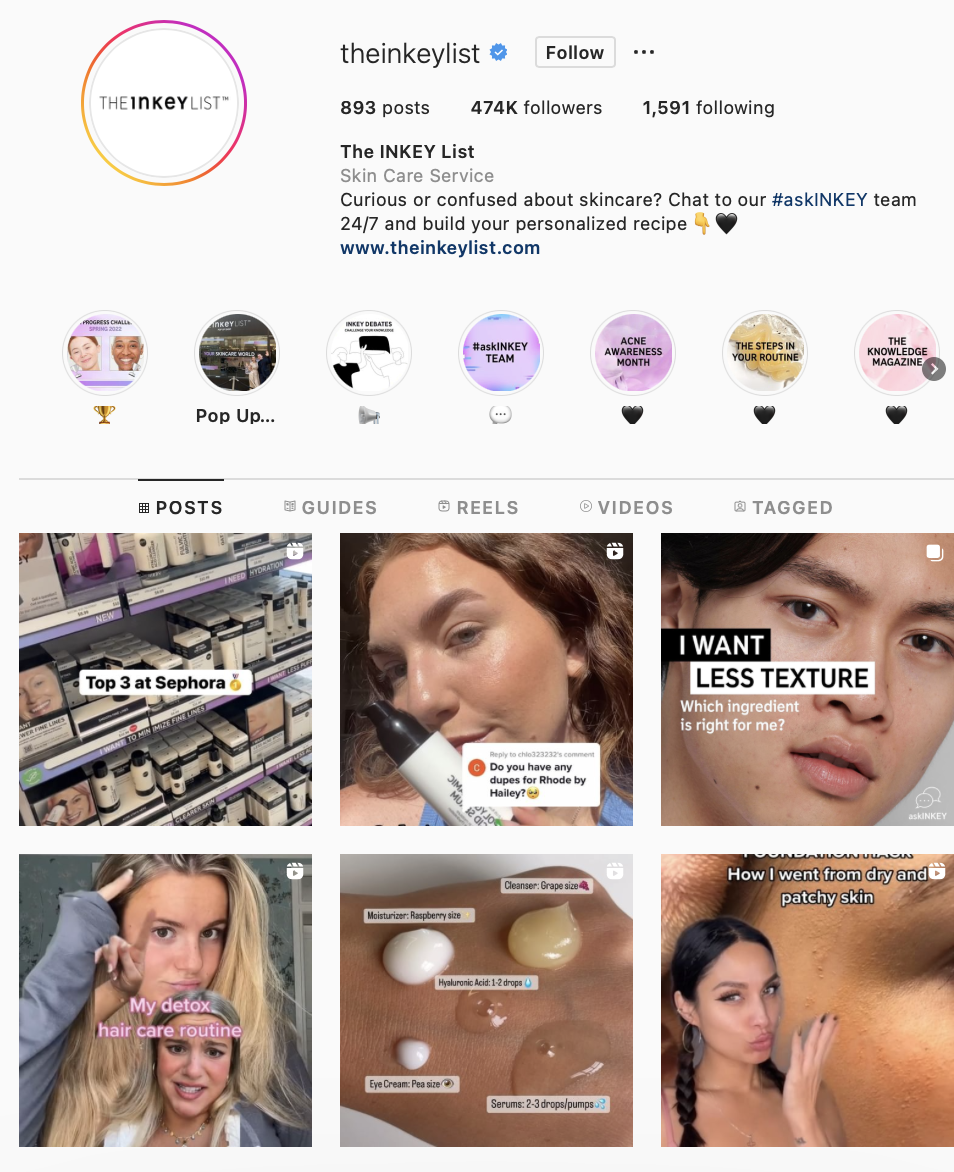With the rise of social media marketing and revolutionary platforms like Instagram, TikTok and YouTube, creating and leveraging the power of brand community has become an important part of the marketing strategy of brands.
Social media influencers have become masters and succeeded in creating their own engaging and loyal communities, built on a strong emotional connection with their followers and based on values such as trust, authenticity, kindness, honesty, and transparency. DTC or e-commerce brands are also striving to create strong and engaged communities in a challenging, demanging and highly competive market and time to be closer to their consumers, and boost brand growth and sales. As consumers desire a sense of a connection with the brand, it all becomes about building a meaningful relationship with consumers, focused on genuine values rather than on a mere financial transaction.
A brand community represents a group of like-minded individuals or consumers who share a similar lifestyle, interests, values, and purpose that the brand wants to express. Having a solid community is a powerful tool, crucial to the long-term success of any brand, but especially DTC brands. It offers the opportunity to connect and get closers to consumers to understand their needs, wants, and desires, address their concerns and meet their expectations, foster customer loyalty, drive awareness and deliver an exceptional brand experience, ultimately increasing sales.
Why consumers want to be part of a community?
#Sense of Belonging. Consumers have always been seeking to feel like they belong and are members of a group. Being part of a brand community allows them to find acceptance, encouragement, and emotional support. For instance, Beauty, Fashion, and Luxury Brands alike built powerful communities by taking a stand and embracing LGBTQ and Body Diversity. This not only raised awareness and inclusion but also allowed consumers to feel accepted within a community, encouraged, and supported across their journey. And of course, brands benefited from a positive brand image, higher reach, engagement, and conversions. Moreover, consumers feel like they are contributing to the greater good, as highlighted by the sustainability and vegan trends. Beauty brands have responded to consumer demands and launched sustainability initiatives, eco-friendly packaging, and products not tested on animals, and consumers felt empowered and better when purchasing them. Furthermore, communities enable them to share their interests, explore new things, and meet and engage in conversations with like-minded individuals.
Why building and leveraging your brand community matters?
Whether niche or broad, having a highly engaged and active brand community provides powerful benefits for brands.
1.Promotes brand awareness, trust, and sales conversions. Brand communities drive and lead to personal recommendations from both consumers, influencers, and brand lovers. Consumers who love the brand and the product, especially Gen-Z and Millennials are more likely to talk about it and share their genuine love, excitement, and reviews with their community, friends, and family. This not only generates word of mouth and higher brand awareness but also boosts trust with the brand, creating an emotional connection and driving purchase intention, and generating higher sales conversions.
- Boosts brand engagement, customer loyalty and retention. Providing activities that encourage user participation, such as polls, surveys, contests, reshares, live events, and UGC, creates an active conversation between the brand and members of the community. This not only brings the consumer closer to the brand, but if the experience is positive, it triggers the feeling of belonging and drives positive word of mouth and recommendations, therefore increasing customer retention, repurchase, and conversion rates.
- Brand and product insights. By tracking user conversations feedback and complaints, the community allows brands to get to know the consumer better in terms of their needs, desires, problems, and interests, and thus develop new products and improve product offerings to please their audience. In addition, if leveraged accordingly the positive and negative reviews provided by brand lovers, ambassadors, and influencers can offer a positive brand experience and strengthen trust. For instance, if a beauty brand that has received backlash on a product formula addresses the concerns publicly on social media in a genuine manner and engages the community in the process of adjusting the product would lead to an improved brand image. It now only shows kindness, transparency, and honesty which are values consumers demand nowadays but also makes the audience feel heard and taken seriously, which boosts the relationship and trust with the brand.
- Lower Costs. Having a highly engaged community drives consumers, brand ambassadors, and influencers to engage with the brand by posting content, product reviews, recommendations, and tutorials, sharing quality content, and genuine feedback with their audience. By leveraging UGC and engaging in community management, brands can lower content production costs by reposting and repurposing UGC and market research expenses by gaining free insights from consumers via social media.
Brand communities not only provide great advantages and opportunities for brand growth but also take a long time to build and consistent effort. When building a community, it is key to understand and know your consumers and audience: who they are, what are their problems, expectations, and interests, and what do they value. Next, it is paramount to treat your community as a friendship and act accordingly to build a meaningful relationship with your audience and boost trust, loyalty, and engagement. Consumers want to invest in brands that care, receive value in exchange for the product, and ensure your brand is bringing a positive contribution to the world.
5 Tips on how you can create and leverage a powerful brand community
1. Communicate and Engage. Be active on social media and brand platforms and start conversations. Encourage active participation by featuring UGC, brand fans, and product enthusiasts on posts, stories, and live events, as well as organize polls, content, discussion topics, Q&A, events, and unique features. For instance, Sephora build a makeup enthusiast community integrated into the shopping experience, where members can discuss beauty products, and techniques, keep up with trends and engage with the beauty company founders. In addition, fashion and beauty brands and influencers host live events on social platforms trying and reviewing products while engaging with the audience at the same time.
2. Make it about them. Make it your brand objective to help, educate and entertain your audience and consumers by educating them about a product or topic related to your brand and teach them something new. Skincare brand, The InKey List has not only revolutionized the industry with high-quality, single ingredient, reliable and affordable skincare essentials, but also built a highly engaged community on TikTok and Instagram by educating the audience about skincare routines and products ingredients, formula, benefits, suitability. This not only helped the consumer choose the best products, but also learn and improve their skincare knowledge. In addition, the brand launched a skin progress challenge, tapping into the acne positivity niche community, offered 24/7 personalized support and live events on skincare debates on Instagram.
3. Embrace and leverage Influencers. Partnering with nano, micro, macro, and celebrity influencers that are loyal fans with common values, allows your community to thrive and your brand to grow by reaching a wider audience and delivering authentic content. Beauty brand Glossier build a community by connecting with the consumers in a relatable and genuine way, selecting brand lovers and customers with up to 5.000 followers to review and share their skincare routine and favorite products.
4. Spread your wings. Ensure consumers are aware and find your community online by leveraging communication tools such as social media platforms and brand website, SEO, influencer collaborations, ads, and unique initiatives.
5. Be consistent. Be active within your community and treat your audience like your best friends: show up, care, listen, help, and communicate. In addition, plan and create a content calendar, but also be adaptable and prepared to react and take a stand when an event that matters to your community happens.
If you can make it all about the consumer and create an environment in which your brand community can thrive, sales conversions will likely follow.
Eager to learn more and build a powerful brand community?


